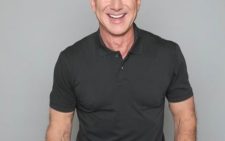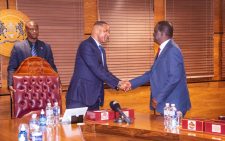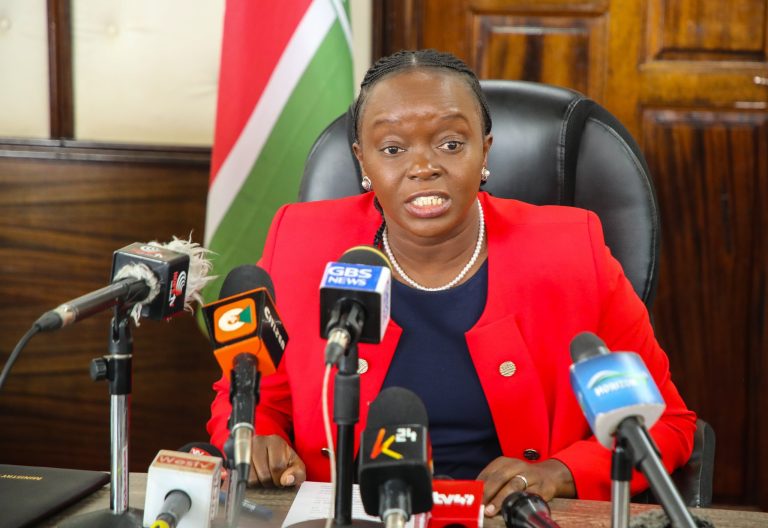Government urged to include local fishing in Blue Economy programmes

After missing out on the Sh 10-billion Kenya Marine Fisheries Socio-Economic Development Project that will benefit five counties in Coast region, Taita-Taveta County has written to the government requesting for separate funding to support fishing industries in the county.
The bulk of the fishing in the county occurs in Taveta sub-county at Lake Jipe and Challa at the Kenya-Tanzania border.
The County Executive Committee Member (CECM) for Agriculture, Livestock and Fisheries Mr. Davis Mwangoma said his department had written to Dr. Francis. O. Owino, the Principal Secretary in the state Department for Fisheries, Aquaculture and The Blue Economy requesting for inclusion of the county in fishing-industry empowerment programmes.
Speaking to KNA on Tuesday, Mr. Mwangoma said Taita-Taveta County missed the Sh 10-billion World Bank funded programme because it was the only county in Coast region that did not share a boundary with the Indian Ocean.
“The Kenya Marine Fisheries Socio-Economic Development Project was targeting counties that share a boundary with the Indian Ocean. We do not and that is why we missed out. However, we have written requesting for funding to support our local fishing industry,” he said.
All counties in Coast region except Taita-Taveta share a boundary with Indian Ocean.
The county has been engaging revamping the sector through populating depleted fishing grounds with fingerlings and revamping of landings sites for fishermen in the lake.
Taita-Taveta was the only county in Coast region that was left out causing apprehension amongst the local fishermen.
Mzee Paterson Ndai, a fisherman at Lake Challa, said they felt discriminated against when the project just focused on the five counties in the lower coast.
“We felt left out because we have very productive border lakes that are source of livelihoods for hundreds of fishermen,” he explained.
However, with reports that the county had reached out to the Ministry of Agriculture over inclusion into programs that support fishing, the local anglers are hopeful that they will also benefit from government’s largesse.
“We are hopeful that our fishermen will get empowered just as those who fish in the ocean,” he said.
In March last year, Kenya Marine and Fisheries Research Institute (KeMFRI) conducted a fishing sustainability survey on Lake Challa and Jipe. The two-week research was to establish the fish species, population, lake depth, water currents and levels of pollution and ecological threats facing the two marine bodies.
The World Bank-funded project launched last month will run for five-years and end by August 2025. It will bolster annual fish production to approximately 300,000 metric tons from the current average production of 120,000 metric tons.
The project will create over 60,000 jobs in fishing industry.








